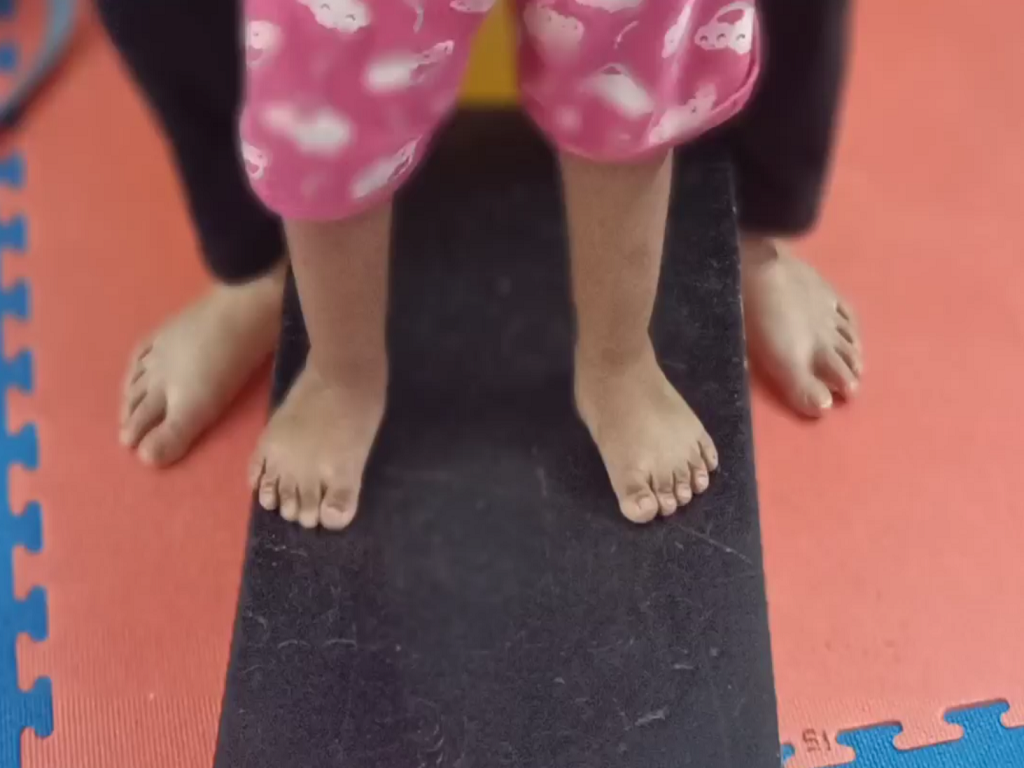Clubfoot is a congenital (present from birth) foot deformity. In comparison with the normal foot, a clubfoot points inwards and downwards. The twisting causes the toes to point towards the other leg. Clubfoot can be present in one or both the legs of the baby.
Causes of Clubfoot:
The cause of clubfoot is idiopathic (unknown). It also runs in the families (genetics).
Risk Factors of Clubfoot:
Clubfoot is a common condition in boys. Boys are twice likely to develop clubfoot than girls.
The following are some of the risk factors:
- History of/in the family. If any of the parents or one of their other children have had clubfoot, the baby is more likely to get it.
- Congenital problems. Clubfoot is sometimes linked to other skeleton abnormalities that are present at birth (congenital), such as spina bifida, a birth abnormality in which the spine and spinal cord do not develop or close properly.
- Environment. Smoking/use of drugs during pregnancy increase the baby’s risk of developing clubfoot.
- Antenatal. Clubfoot can be caused by a lack of fluid that surrounds the foetus in the pregnancy.
Treatment of Club Foot:
Clubfoot needs a doctor who specialises in bone and muscle deformities (pediatric orthopedics). Surgery was the commonly used treatment method. But now, the Ponseti method is used. The Ponseti method involves using a succession of casts, mild movements and strains of the foot, and a brace to gradually reposition the foot into the correct position.
The Ponseti technique is completed in two stages, Casting and Bracing.
Casting. A week or two after the baby is delivered, the first cast is applied. The baby then visits the surgeon around once a week for moderate stretching and moving of the foot, as well as the replacement with a fresh cast. The new cast moves the foot a little more in the right direction than the previous one. Over the course of a few weeks or months, most babies will wear a series of 5 to 7 casts.
Bracing. Instead of a cast, the orthopaedic surgeon suggests a brace (orthosis) after the foot is in the proper position. The orthosis consists of a bar with customised shoes or boots attached to each end. It prevents the foot from reverting to its original position before the casting. In the first few years of life, feet grow a lot and quite quickly. With the rapid growth of the foot, preventing it from reverting to the clubfoot position is the aim, and a brace is used to keep the corrected clubfoot in place.
For around three months, a child will wear the brace all the time, then only at night for a few years.
Parents’ Role In The Treatment of Clubfoot
Consider yourself as the other half of the whole process. By following the orthopedic surgeon’s treatment plan, you can do the needful at home and make sure that the child should walk, weight bear, run without pain.
Note our orthopedic experts have solutions and answers to your queries and problems. You can book an appointment on 88888 088 45 or write us on appointment@sanchetihospital.org








0 comments on “What Is A Clubfoot? What Is The Treatment?”